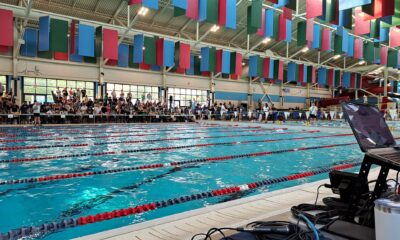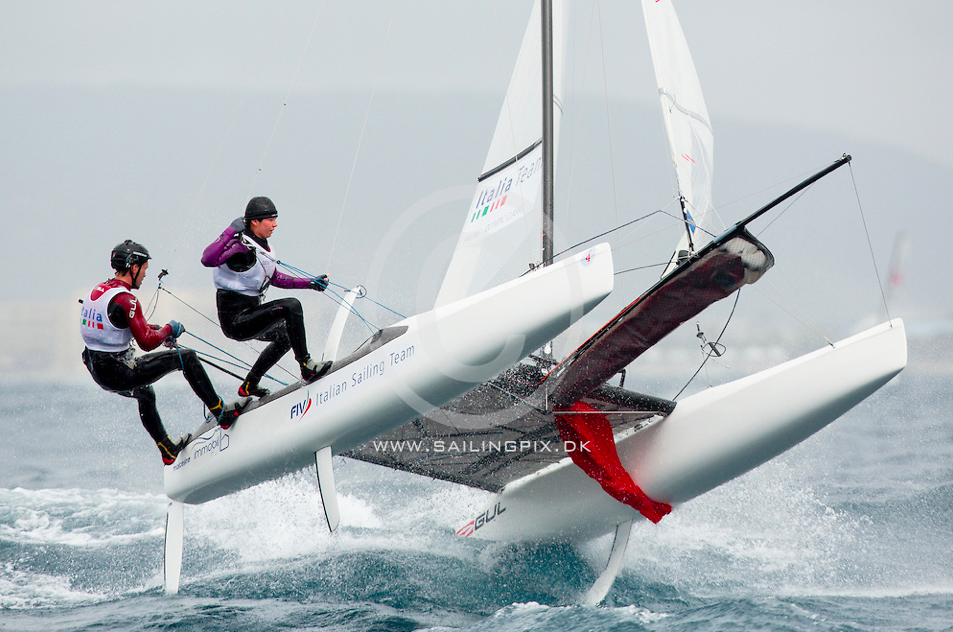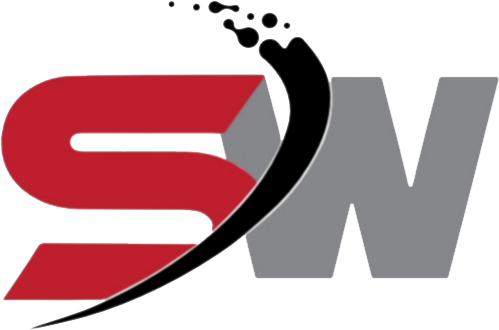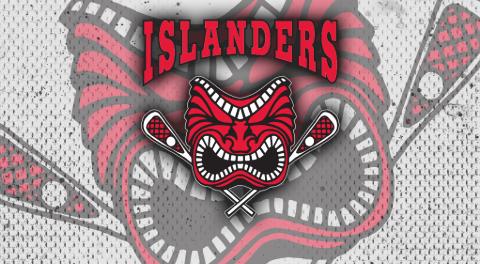I always enjoy getting the note’s from Nikola and Luke about the travels they take from various areas of the globe but this one was more than interesting, so have a read.
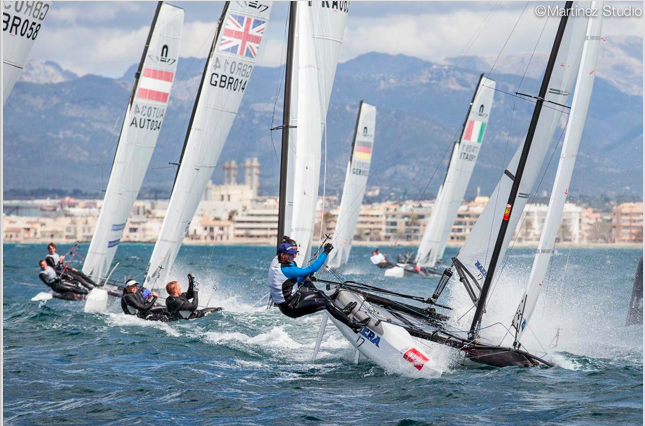
Sailing isn’t regarded as an intense sport so to say… at least many don’t regard it as crazy physical, crazy fast, or crazy anything.
Since my last write-up I’ve had several questions asked to me as to how does one get hurt sailing.
Of course people can imagine some bumps and bruises, chronic overuse issues and tweaking a muscle here or there due to a wrong movement, but actually injuring themselves…?
My good friend & fellow sailor, a hard core windsurfer/surfer & mountain biker said to me – but it’s just water you land in – it’s can’t be all that bad. And no – water isn’t all that bad.
Thankfully it’s not concrete, but when you’re going 20-25knots (which is anywhere from 37-46km/hr) and you suddenly stop, water gets much harder and it hurts. It’s like whiplash and that’s if you’re lucky and only hit the water.
On a windsurfer, you land in the water… maybe hit the sail, but in the catamaran, you have so many things to fly into – and from much higher up and the momentum is much greater which means you get tossed all the more.
I’ve put together a sequence of a pitch-pole and what gnarly sailing looks like.
The Nacra 17 Catamaran is different from every other boat in the Olympics because of its key design element – curved centreboards. This means we are sailing the boat in 3 dimensions rather than the 2 that all other boats sail in.
This means when at high speeds the boat is literally being lifted out of the water from the bottom up.
While this makes the boat able to go faster, with less drag, and jump over waves more easily, it also can create spectacular crashes, either by the boat jumping out of the water when the boat rocks up on its heels from coming up off a wave.
Or worse when the boat rocks forward, and the centreboards provide negative lift, sucking it down under the water.
At both these points the boat stops dead, which can send us flying forward with only wire rigging, a Fiberglass hull, or a carbon mast or spinnaker pole to break our fall.
So as I typically explain it, it’s not how fast we go that’s scary -it’s how fast we STOP, and then… what we hit on the way down.
Part of the huge learning curve of these boats is trying to figure out how to push them safely.
In the past few months we have made some huge strides forward in this regard and part of it comes from working with, Fernando Etchivarri (2008 Olympic Gold Medallist in the Tornado catamaran class), while at a training camp in Santander, Spain.
To build on this and further prepare ourselves for our World Championships we decided to go back to Spain for another week of training with Fernando, in lieu of competing in the US national championships.
We think this will give us the best opportunity to achieve our goal of qualifying Canada for the Olympics at the Worlds this September!
